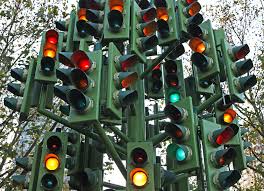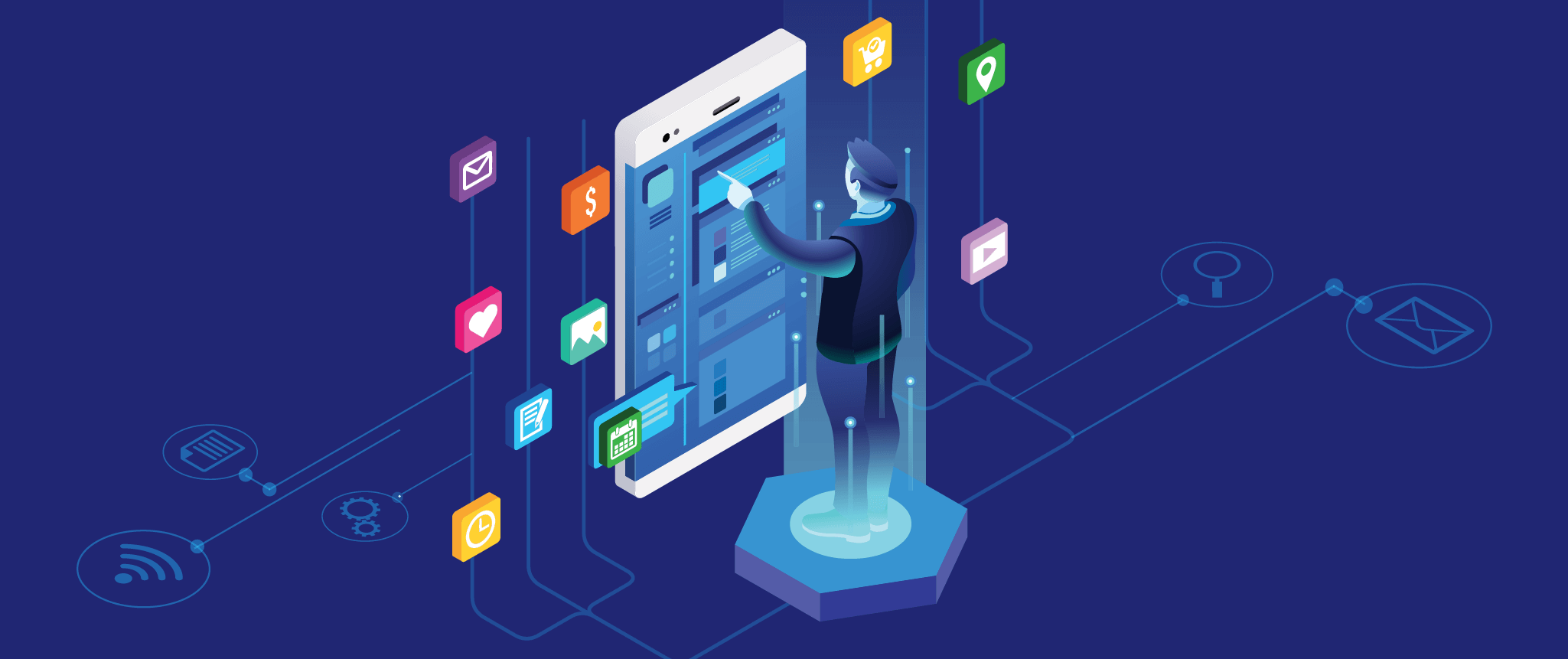Nuance Audio is a new option for people who resist traditional aids, from the company that makes Ray-Bans and operates LensCrafters.
Seekers of Meaning Podcast Posted Online March 7, 2025
What's Next Longevity Deal Talk Episode 32, January, 2025
Presentation: What's Next Longevity Venture Summit, June, 2025

 The decline of design. As interviews proceed for the upcoming report, The Future of the Tech User Experience, all agree. The deteriorating user experience, aka UX, is the result of
The decline of design. As interviews proceed for the upcoming report, The Future of the Tech User Experience, all agree. The deteriorating user experience, aka UX, is the result of  Has the tech user experience substantially improved? For years device and software tech ‘improved’ to a point of widespread optimism about our tech future. Certainly access has improved: Ninety-five percent of Americans use the Internet and more than 80% have broadband at home. Today there are numerous programs to subsidize access, and
Has the tech user experience substantially improved? For years device and software tech ‘improved’ to a point of widespread optimism about our tech future. Certainly access has improved: Ninety-five percent of Americans use the Internet and more than 80% have broadband at home. Today there are numerous programs to subsidize access, and  Tech user experiences are deteriorating at a rapid rate – for all. If you have encountered any of the following, you know. The
Tech user experiences are deteriorating at a rapid rate – for all. If you have encountered any of the following, you know. The  In the tech innovation world, a decade is both a long and short time. In 2014, AARP’s Health Innovation @50+ sponsored a report,
In the tech innovation world, a decade is both a long and short time. In 2014, AARP’s Health Innovation @50+ sponsored a report,  Consider Google and its tightly coupled products. You launch the search engine on your phone and are surprised to see all of these ‘news’ items about local topics that have appeared in your Gmail inbox. How personalized. A few years ago, a
Consider Google and its tightly coupled products. You launch the search engine on your phone and are surprised to see all of these ‘news’ items about local topics that have appeared in your Gmail inbox. How personalized. A few years ago, a  Is the user experience deteriorating?
Is the user experience deteriorating?  The 2024 survey is out – some might say it is positive about tech adoption. Older adults (age 50+)
The 2024 survey is out – some might say it is positive about tech adoption. Older adults (age 50+)